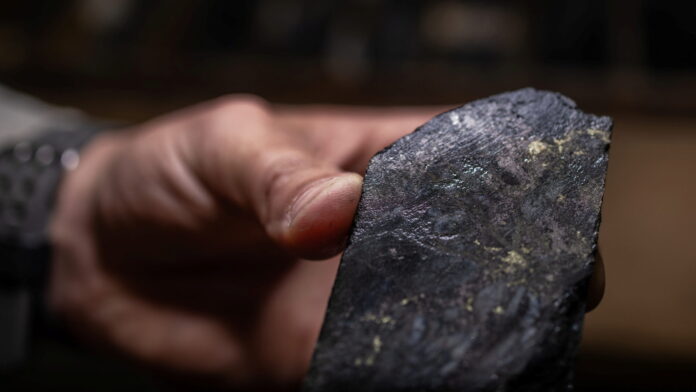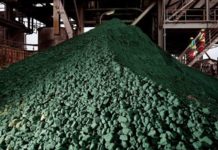
COBALT prices have reached a three-year peak as export restrictions in the Democratic Republic of Congo threaten supply shortages of the critical battery material, said Bloomberg News.
Congo, the world’s largest producer of the metal, imposed an export ban in February. However, the bank is being replaced by a quota system from Thursday that could push the market into deficit next year, said the newswire. Since the proposal emerged last month, both hydroxide and refined metal prices have risen more than 20%.
Congo, responsible for approximately three-quarters of global production, announced at the weekend that quotas are calculated largely on a pro-rata basis using companies’ exports from 2022 to 2024.
CMOC Group, allocated slightly over a third of the remaining 2025 quota, will be permitted to export 31,200 tonnes in 2026 – about 27% of last year’s output from its Congolese operations. Glencore and Eurasian Resources Group received 22% and 12% of allocations through 2025’s end respectively.
“The quota is lower than expectation for CMOC considering the recent ramp-up in cobalt output since 2022,” Citigroup analysts said.
The metal gained roughly two percent on Monday on the Wuxi Stainless Steel Exchange, whilst CMOC fell as much as 7.2% in Shanghai.
Congo introduced the export ban after cobalt output – a copper mining byproduct –expanded faster than anticipated, causing market collapse. The metal had dropped below $10 per pound before the ban, its lowest since 2015. Prices have since nearly doubled, with hydroxide more than tripling.
Macquarie Group said earlier this month that adhering to the quota would exhaust market supplies before mid-2026.











